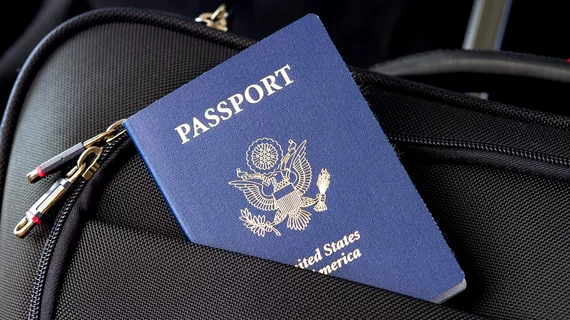Non-US citizens less likely to receive treatment for CV ills
U.S.-born and -naturalized citizens are far more likely than noncitizens to receive treatment for CVD risk factors, researchers reported in Circulation this month.
First author Jenny Guadamuz and colleagues at the University of Illinois at Chicago noted in their paper that heart disease continues to be the leading cause of death among people living in the U.S.—and, according to the CDC and HHS, that includes immigrants. But it’s well-established that cultural and socioeconomic minorities are undertreated for CVD; researchers at Brigham and Women’s Hospital in Boston have found that heart failure patients who self-identify as black, Latinx or female are less likely to be admitted to the hospital’s cardiology department, and last May an undocumented immigrant living in Brooklyn was deported despite CAD and HF diagnoses that couldn’t be adequately treated in his home country.
“Citizenship status acts as a structural barrier to health for noncitizens, where many are systematically excluded from the healthcare system,” Guadamuz said in a release. “Yet much of the current literature on immigrant health does not acknowledge citizenship status as a structural barrier that drives health disparities experienced by immigrants, regardless of ethnic, cultural or behavioral differences.”
Guadamuz et al. used NHANES (National Health and Nutrition Examination Survey) data to look at the health outcomes of nearly 17,000 U.S. adults over the age of 20. The team’s analysis examined the prevalence and treatment of high cholesterol, high blood pressure and diabetes among a study population that was 82.1% U.S.-born citizens, 8.6% foreign-born citizens and 9.3% noncitizens of the U.S.
Noncitizens in the study saw far lower treatment rates for high cholesterol compared to their counterparts—just 16.5% of noncitizens received high cholesterol treatment compared to 43.3% of foreign-born citizens and 45.5% of U.S.-born citizens. Results were similar for the other two categories, with 60.3% of noncitizens receiving hypertension treatment compared to 79.6% and 81.1% of foreign-born and U.S.-born citizens, respectively, and 51.2% of noncitizens receiving diabetes treatment compared to 66.6% and 69.5% of foreign-born and U.S.-born citizens, respectively.
Guadamuz and colleagues said disparities remained even after adjusting for sociodemographic factors including age, gender, education, income and language preference. They did note, however, that when they adjusted for insurance coverage and access to a usual source of care, the difference between U.S.-born and foreign-born citizens and noncitizens became smaller.
Dima Qato, senior author of the study, said in the release that her team’s findings offer “strong evidence on the impact of immigration policy on health and health disparities in the U.S. and the importance of promoting health policies at the local, state or federal levels that ensure access to care, including insurance coverage, and protect the health of immigrants, particularly noncitizens.”

